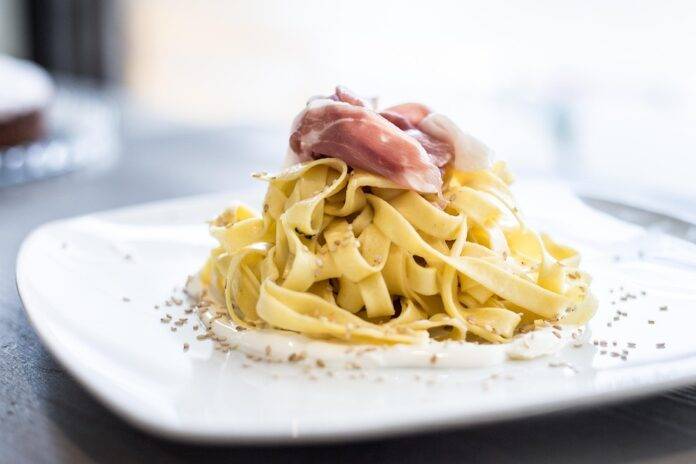Introduction
Prosciutto is a beloved Italian cured meat that comes in two main varieties: prosciutto crudo and prosciutto cotto. While both types share similarities in terms of being made from pork, they differ significantly in terms of taste, texture, and preparation methods. In this report, we will delve into the differences between prosciutto crudo and prosciutto cotto, exploring their unique characteristics and culinary uses.
Prosciutto Crudo
Prosciutto crudo, also known as Parma ham, is a dry-cured ham that is typically sliced thinly and served uncooked. It is made by salting the pork leg, then air-drying it for an extended period of time. The curing process can take anywhere from 9 months to over 2 years, depending on the desired flavor and texture.
Characteristics
Prosciutto crudo has a rich, savory flavor with a delicate sweetness. It has a melt-in-your-mouth texture and a beautiful marbling of fat that adds to its richness. The color of prosciutto crudo can range from pale pink to deep red, depending on the length of the curing process.
Culinary Uses
Prosciutto crudo is often enjoyed on its own as a simple yet flavorful appetizer. It is also commonly used as a topping for pizzas, salads, and sandwiches. The delicate flavor of prosciutto crudo pairs well with fruits like melon or figs, making it a popular choice for charcuterie boards.
Prosciutto Cotto
Prosciutto cotto, on the other hand, is a cooked ham that is made by brining or marinating the pork leg, then cooking it slowly until it reaches the desired level of doneness. Unlike prosciutto crudo, prosciutto cotto is served hot or cold and is often used in cooked dishes.
Characteristics
Prosciutto cotto has a milder flavor compared to prosciutto crudo, with a slightly salty and smoky taste. It has a firmer texture and is typically sliced thicker than prosciutto crudo. The color of prosciutto cotto is usually a light pink or beige, depending on the cooking method used.
Culinary Uses
Prosciutto cotto is commonly used in Italian dishes such as panini, pasta, and frittatas. It can also be enjoyed on its own as a cold cut or used as a filling for sandwiches. The smoky flavor of prosciutto cotto adds depth to dishes and pairs well with a variety of ingredients.
Key Differences
The main differences between prosciutto crudo and prosciutto cotto lie in their flavor, texture, and preparation methods. Prosciutto crudo is cured and air-dried, resulting in a rich, savory flavor and melt-in-your-mouth texture. In contrast, prosciutto cotto is cooked and has a milder taste with a firmer texture.
Industry Insights
The prosciutto industry is a lucrative market, with global demand for Italian cured meats on the rise. Companies such as Parma, San Daniele, and Norcia are well-known producers of high-quality prosciutto crudo, while brands like Beretta and Di Parma specialize in prosciutto cotto. The market for prosciutto is competitive, with companies vying for market share through product innovation and marketing strategies.
Financial Data
According to industry reports, the global prosciutto market is expected to grow at a steady rate in the coming years, driven by increasing consumer interest in gourmet and specialty foods. The market for prosciutto crudo is projected to outpace prosciutto cotto, as consumers seek high-quality, artisanal products. Companies in the prosciutto industry are investing in new technologies and sustainable practices to meet growing demand and maintain competitive pricing.
In conclusion, while prosciutto crudo and prosciutto cotto share the same origin as Italian cured meats, they offer distinct flavors and textures that cater to different culinary preferences. Whether you prefer the rich, savory taste of prosciutto crudo or the mild, smoky flavor of prosciutto cotto, both varieties are sure to add depth and complexity to your dishes.




